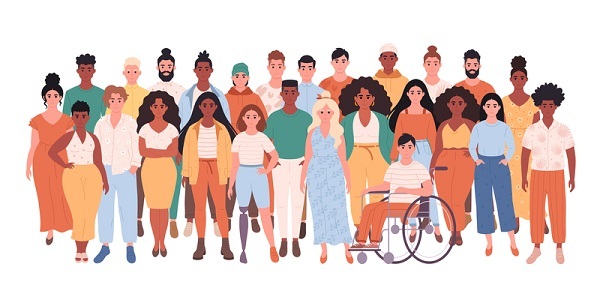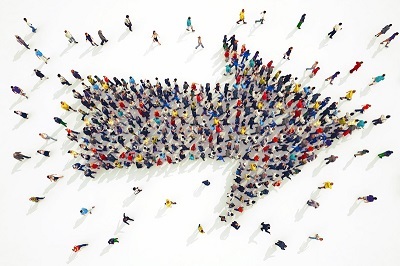

A network of relationships among individuals and various groups in the community that are essential for several purposes is called social organisation. A political party, church, factory, and college are examples of social organisations. Slavery permeated many civilizations and countries in the previous era.

A slave society is due to religion, caste, and inequality between men and women among many other factors. Therefore, certain people used their privilege and wealth to enslave others. A feudal system or feudalism is a form of social as well as political organisation in which landowners grant tenants in return for their allegiance and duty. Industrial society is supported by the utilisation of technology and equipment to facilitate mass production and is managed with a large capacity for the division of labour.
Organisations are needed for the maintenance of any society. There are five different types of social organisation as follows −

Economic organisation
Financial organisation
Political organisation
Educational organisation
Religious organisation
It consists of the primary caretakers such as the father, mother, and the rest of the family members. This group is important because exchanging care, concern, love, and support involves personal development.
A secondary group is a relatively large set of individuals who share an objective and cooperation toward a common cause and goal. These groups are based on emotionless and goal-oriented relationships, therefore, these have major purposes outside the relationship itself and have much less emotional commitment. It includes secondary kins, relatives, teachers, and peer groups.
A professional organisation is a group that normally works to promote the interests of people who are committed to a specific field and also the public. It implies the office setting and the collaboration formed among teammates.
The following works are primarily employed by social work as a career choice to achieve its goals −
The primary method or direct helping method is the interference of a social worker personally with the client who requires expert services at the individual, organisational and community levels. There are three basic methods as follows −
Social group work
Community organisation
Social casework
The auxiliary methods are meant to assist the primary methods. The social worker may informally address the issue of the clients. There are three auxiliary methods as follows −
Social action
Social work research
Social welfare administration
Several organisations uphold social standards by communicating them to the participants in their activities. The socialisation process begins at birth and lasts until death. Humans are constantly discovering new things. The process of introducing a person to social life or learning the norms of social groupings is known as socialisation. This pattern continues through the organisations where people reside. They understand the cultural mores only in organisations.
Example
Families convey the fundamental practices called cultural mores.
The local community educates social attitudes and academic institutions guide acceptable social behaviour.
The shops and bazaars direct the business relations.
Religious institutions support the ethical community interaction of religion.
Every organisation is a representation of the cultural structure. The stock of cultural context remains dead if not passed along with a modification. Each generation contributes something from its own experience when passing on knowledge to upcoming generations. The pattern of transfer is accomplished by both official and informal learning.
Example
The markets have this function.
The martial traditions, the mosques, the labour force, the bus ride, and the management of public activities are all societies that pass along cultural qualities.
Every institution is established for the fulfilment of a special purpose.
Example
All organisations are created to fulfil a particular function.
Harvard University gives education of outstanding quality.
A community can access medical facilities at hospitals.
The organisation influences the personalities of the individuals.
Example
A baby born to an Indian or Pakistani family who has been socialised in America would exhibit American personality features within one to ten years of life.
It implies that personality is not the result of biology. It is a sociological phenomenon and the institutions that socialise it are important.
Institutions are the body of society and form it in ways that are tied to one another. Attitudes, thoughts, behaviours, and feelings are the components of personality that develop in diverse social settings.
The network of connections allows group members to remain in touch with one another and maintain a sense of connection. Social organisations have three forms that are primary, secondary, and professional groups. There are six methods of organisation from the basis of primary and auxiliary groups. Socialisation, culture transmission, personal development, and purpose are the major functions of social organisation. Banks, churches, schools, and factories are examples of social organisations.
Q1. What are the roles of social organisations?
Ans. The social organisation gives a variety of signifiers for professionals engaged in preventive measures, response, and programme resource development. Virtual communities, social power, and good governance are the three main components of social organisations.
Q2. How does social organisation affect society?
Ans. Organisations have a significant impact on people's decisions, the tools available to them to help them make those decisions, and the aspects of the workplace that may hurt their health.
Q3. What are the economic barriers to social change?
Ans. Destitution, unemployment, deprivation, and poverty are significant barriers to social development. Capitalists and the wealthy also oppose societal change because they think it could not be in their best interests. Therefore, neither extremes of wealth nor poverty are conducive to social development.